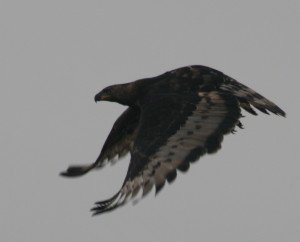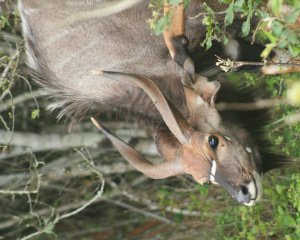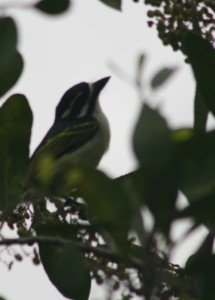The Gary Kirsten Foundation: Providing simple joys to savour 0
After all the disappointment, pain and sadness the Proteas have put their supporters in England through, there was at least one wonderful moment of happiness that brought back the simple joys of the game to savour for those who had made their way to Weybridge, some 25km southwest of central London.
Former South African top-order batsman Gary Kirsten, who played in three World Cups between 1996 and 2003 and then coached India to their first triumph in 28 years in 2011, has turned his attention to grassroots development and the Gary Kirsten Foundation team that toured England is a shining light in terms of what can be achieved.
It all started about five years ago when Chris Hani High School principal Madoda Mahlutshana was giving Kirsten a tour of the non-existent sporting facilities in Khayelitsha on the Cape Flats. A shocked Kirsten immediately committed himself to building two concrete nets and supplying a full-time coach.
From there, the Gary Kirsten Foundation’s involvement has just kept expanding, reflecting the hunger in the area for proper cricket facilities and opportunities. The foundation has now built five artificial net facilities around the township and there are seven full-time academy coaches working there.
“These kids get the chance to play and have coaching every day after school in an area where there is no formalised school sport. Our main push is to create a proper hub for cricket, as well as teaching the kids life skills and building their personal skills. And we also want to build up the number of township coaches,” Tim Human, the business development manager of the Gary Kirsten Foundation said.
Typical of the man of action Kirsten is, he then set a new goal – to take a team from Khayalitsha to England during the World Cup and for them to play a few matches against English schools.
After five months of sourcing sponsors, organising passports and travel arrangements for 10-to-13-year-olds who have never been out of Cape Town let alone overseas, that team completed their UK tour by beating the Weybridge Cricket Club U13s, coming from one of the most wealthy areas of England (Cliff Richard lives here) and a Premier League club. It was their second win on tour, the other results being a tie and a loss, and it was completed in comfortable fashion in front of a large crowd as former Springbok captain Bob Skinstad organised a function that pleased the masses no end.
“This tour was a dream from five months ago. A lot of school teams tour England because mom and dad fork out the money, but you never see a township team doing it because who pays for it? I’m very proud that we managed to raise the money because our friends and supporters came to the party. We are all about rolling out opportunity.
“I told the parents in February that we would be taking their kids to England to watch the World Cup and they said I was mad in the head. But we are stakeholders in that community and it’s taken us a long time to do this, but they trust us now. It is their programme and we are just enablers, this programme is township focused,” Kirsten said.
While there have been other “development programmes” that have enjoyed time in the limelight, what sets Kirsten’s efforts apart is that they are all about the community.
While he accepts that the absolute stellar talents he unearths will more than likely be snapped up by rich schools elsewhere to complete their education and earn SA Schools caps for their benefactors, Kirsten’s efforts are all about uplifting the entire community of Khayalitsha and not mining the talent from there for export to better-off schools.
“I would never try and stop a kid from getting a scholarship if they were offered one, but to put a kid through a year at an ex-Model C school probably costs R50 000 plus boarding. So that’s R250 000 per child for their whole education, so it gets steep. Of the 19 Black Africans who have gone on to represent the Proteas, only Mfuneko Ngam was fully educated in a township.
“If your chances of making the national cricket side from a township are non-existent then I have a fundamental issue with that. Has our country not moved forward enough that we don’t say that you can’t make it from the townships, that you have to go to a Hilton College to make the Proteas? Sure, they can cherry-pick the best talent, but I don’t think we should be dumping any talent. I would rather see them stay in their schools and community and make sure the system works, that’s our focus,” Kirsten said.
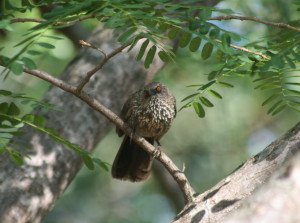
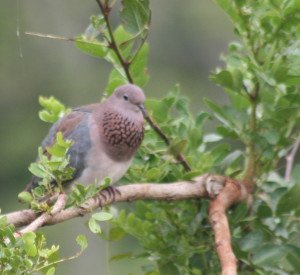
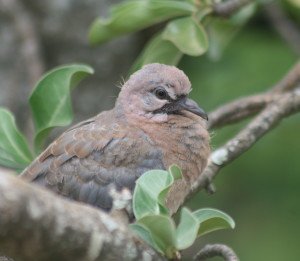
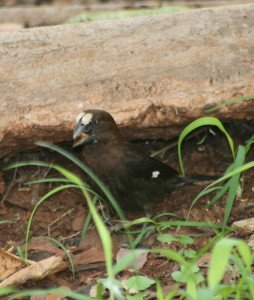
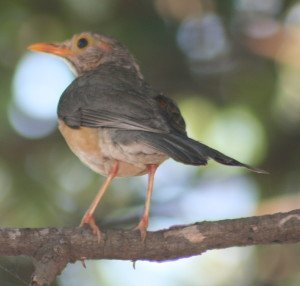
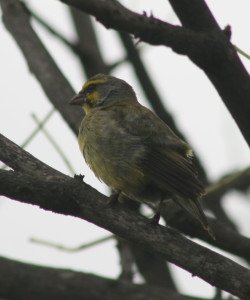
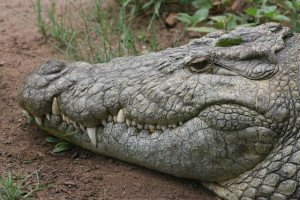
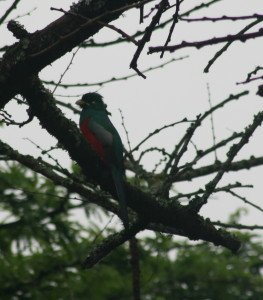
![IMG_1930[1]](http://kenborland.com/wp-content/uploads/2017/05/IMG_19301-e1494848468158-1024x587.jpg)
